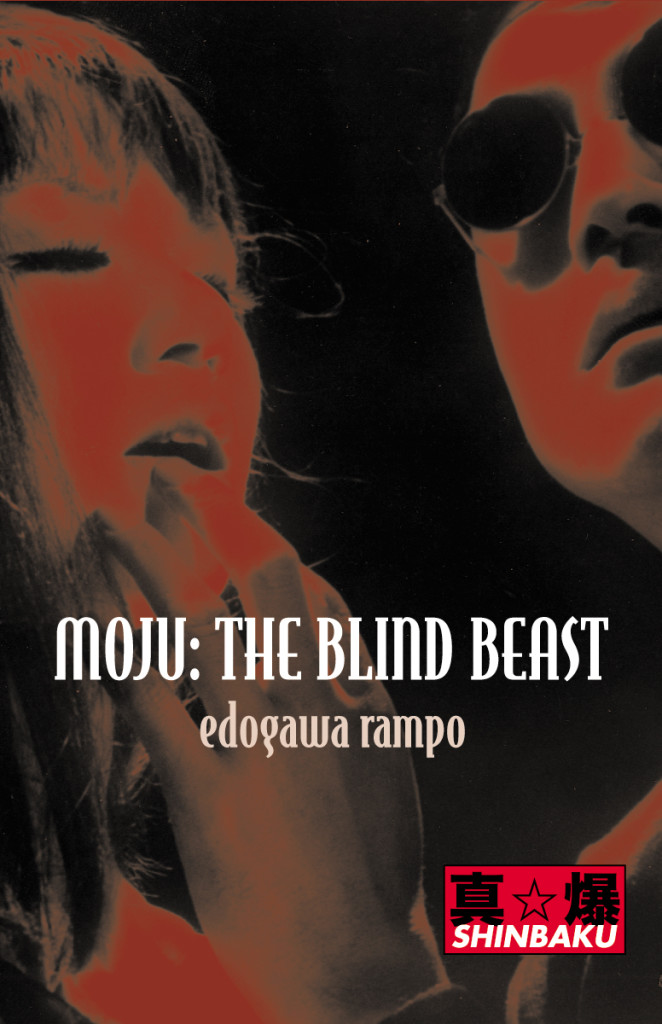 In 1925 Edogawa Rampo wrote one of Japan’s creepiest horror stories. “The Human Chair” was the literary equivalent of pleasantries from the mouth of an leering pervert – the events were tame, even funny at the end, but its subtext of sickness and depravity made it hard to forget.
In 1925 Edogawa Rampo wrote one of Japan’s creepiest horror stories. “The Human Chair” was the literary equivalent of pleasantries from the mouth of an leering pervert – the events were tame, even funny at the end, but its subtext of sickness and depravity made it hard to forget.
Moju: The Blind Beast recreates the same atmosphere, but now that subtext is matched with violent and gruesome events more in line with the Hollywood slasher movies it predates by forty years. It has moments of humour, as well as amusing Japanese political incorrectness (Hawaiians are described as “barbarous”, Westerners in general are “disgusting”), but the main impression The Blind Beast leaves is one of destruction and carnage, blood spraying the walls like an artistic fresco.
Singer Mizuki Ranko is being stalked by an blind man of artistic bent who is obsessed with touching the curves and contours of her body. Soon, she finds herself imprisoned in his underground maze, which has walls fitted out with rubber breasts and noses and legs. The man has an obsession with touching things, and craves the stimulus he cannot get from his eyes. He has chosen Ranko to fulfill his desires, and she still might not be enough.
I liked “The Human Chair” more, mostly because it’s more compact and focused, but The Blind Beast is an entertaining read and touches upon many similar themes. Rampo obviously wants to be more sexually explicit, but for whatever reason (fears of censorship or his own prudishness) he tends to imply or insinuate sex rather than outright state it. The effect is rather brilliant, and probably more disturbing for the fact that it isn’t explicit. I’m reminded of how Hollywood’s Golden Age occurred during the period when it laboured under the infamous Production Code.
The book has things to say about art – again, through allegory and inference. The book ends with the blind man conducting an art exhibit, showing a sculpture made from the pieces of various murder victims. A not-so-nice feature, but artists are often not-so-nice people.
The truth is, if The Blind Beast‘s artist goes to hell for his crimes, he might have to wait in line. John Lennon liked to tune up on his wife. So did Elvis Presley. William S Burroughs shot his wife in a drunken game. Allen Ginsberg is a member of NAMBLA. All these guys were members of the vaunted 50s/60s counterculture, back when people thought that art would be the force that saves us from the evil capitalists and what not. A nice idea, but maybe Rampo was right.
Maybe artists, deep down, are the worst people of all.
No Comments »
Comments are moderated and may take up to 24 hours to appear.
No comments yet.
